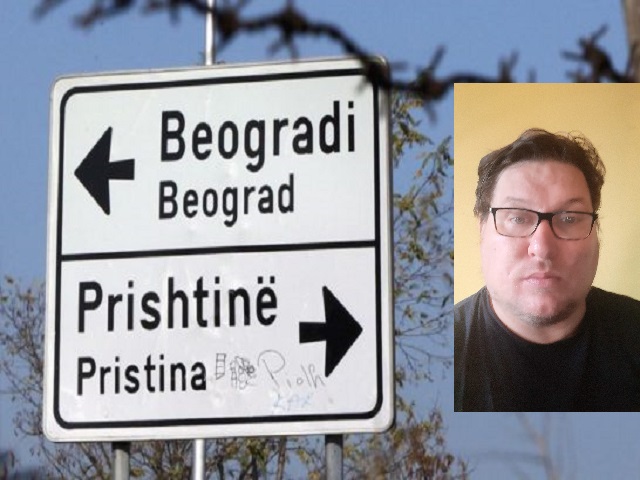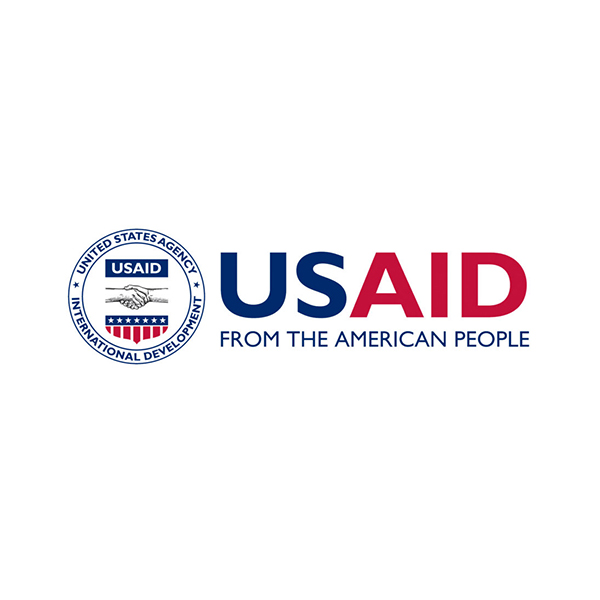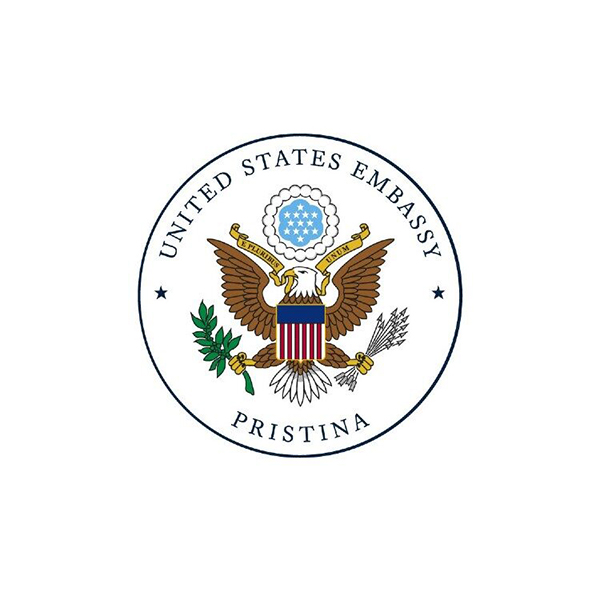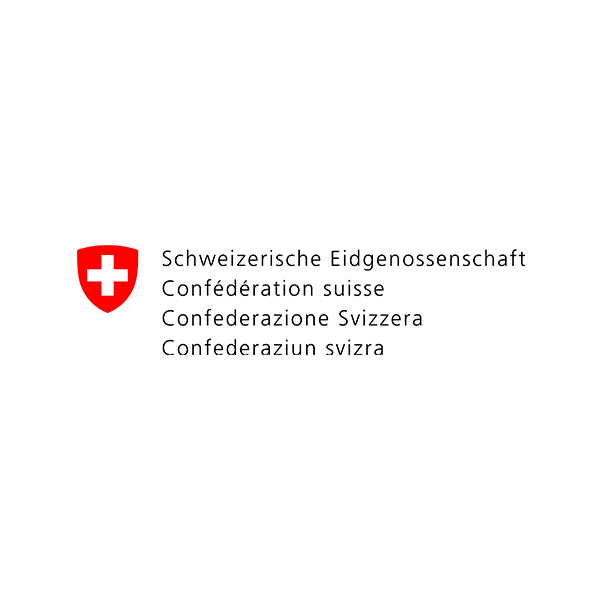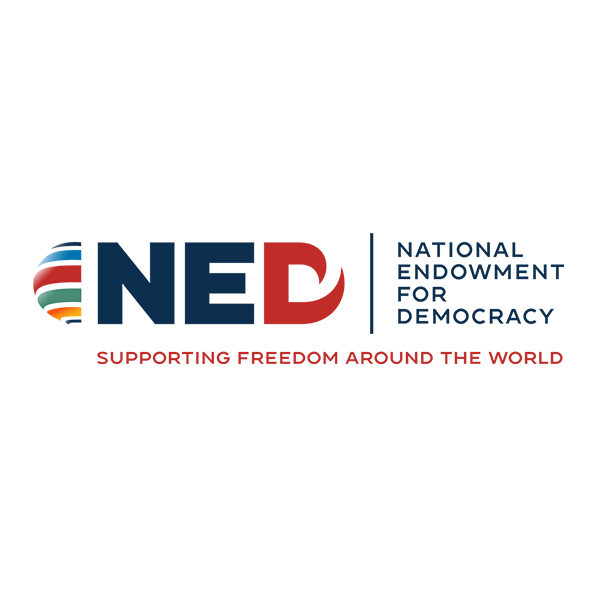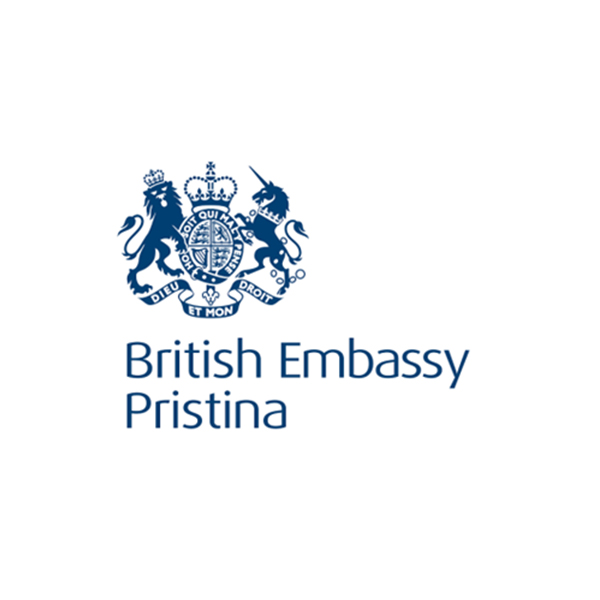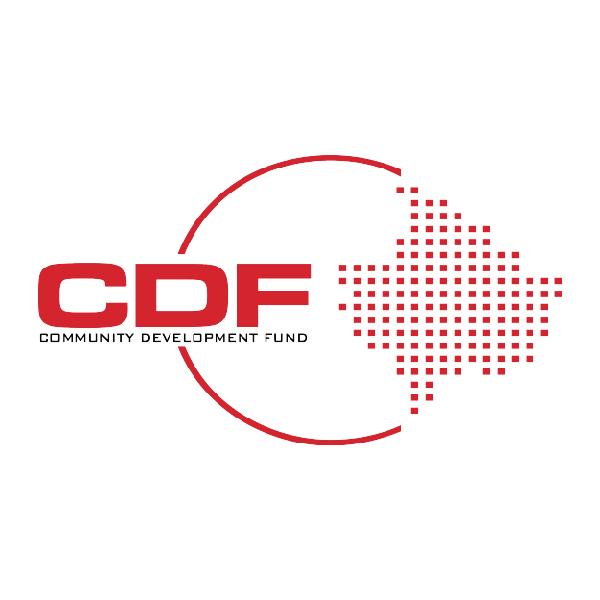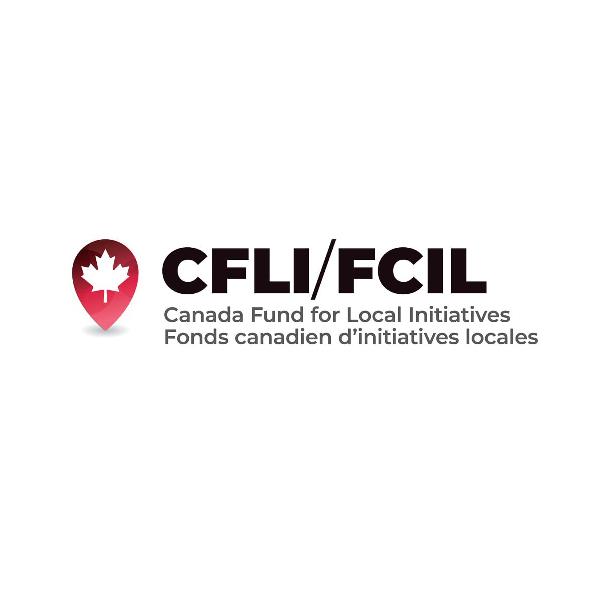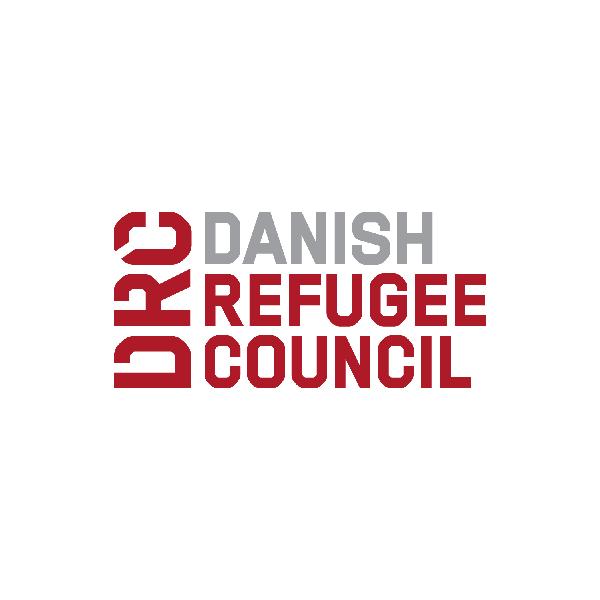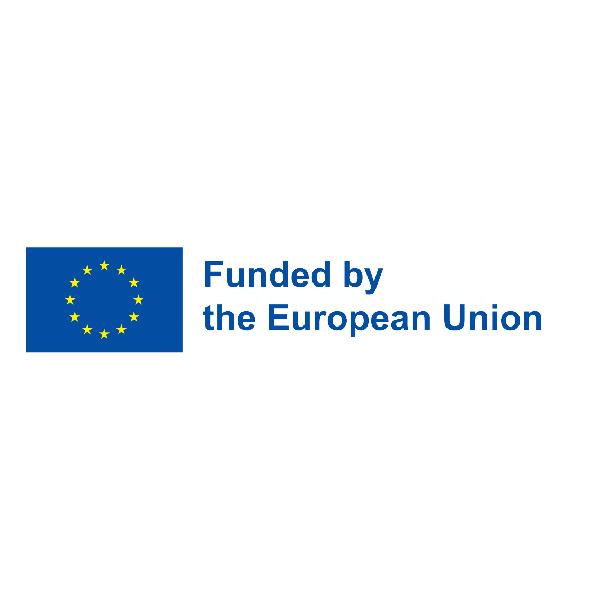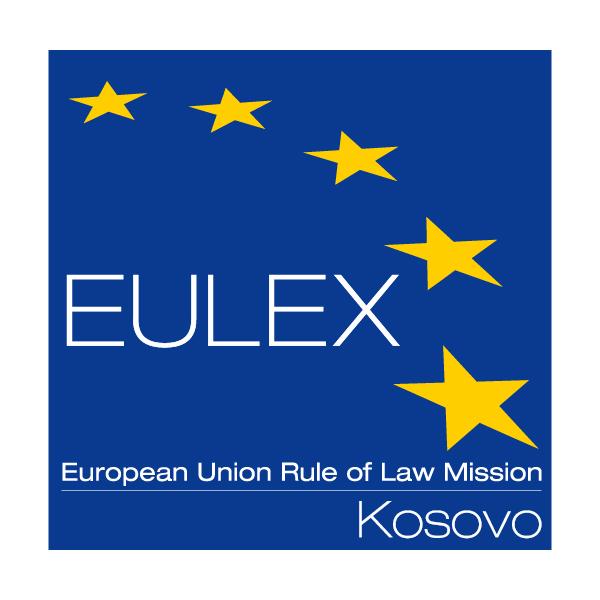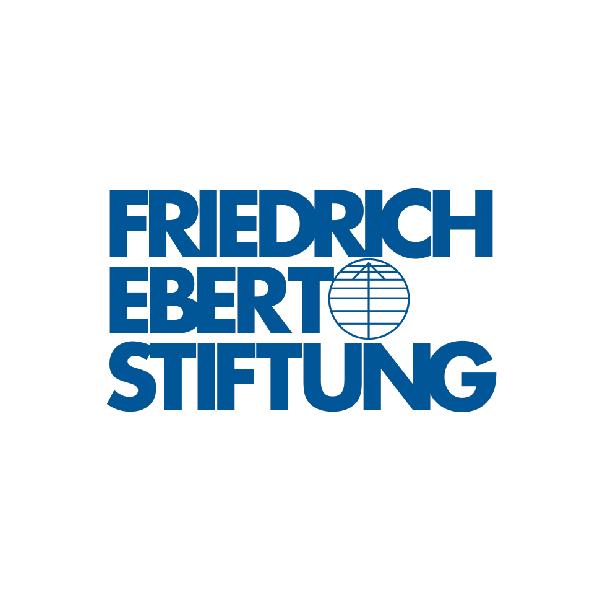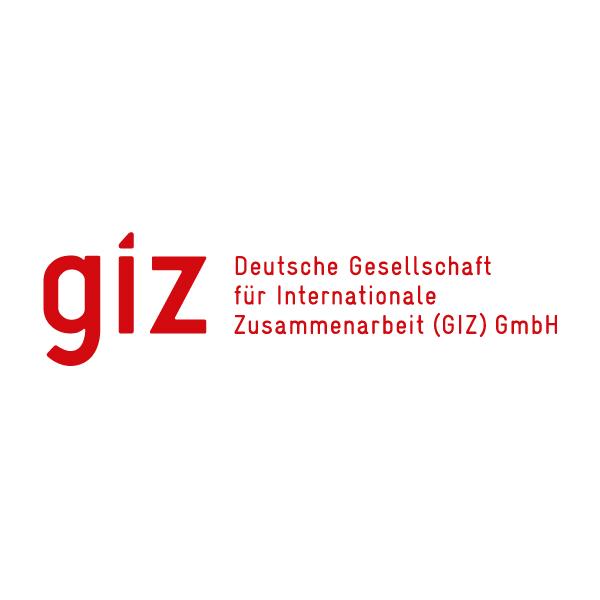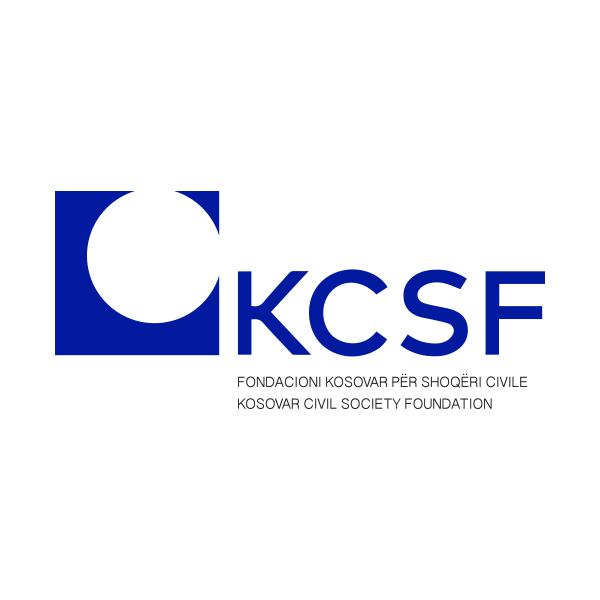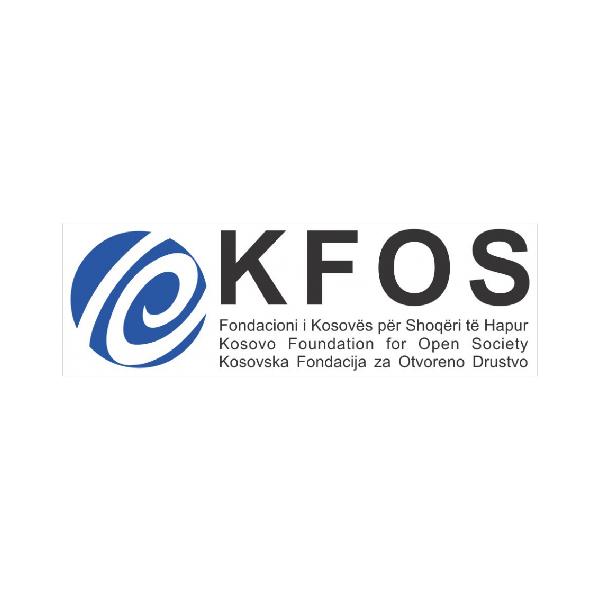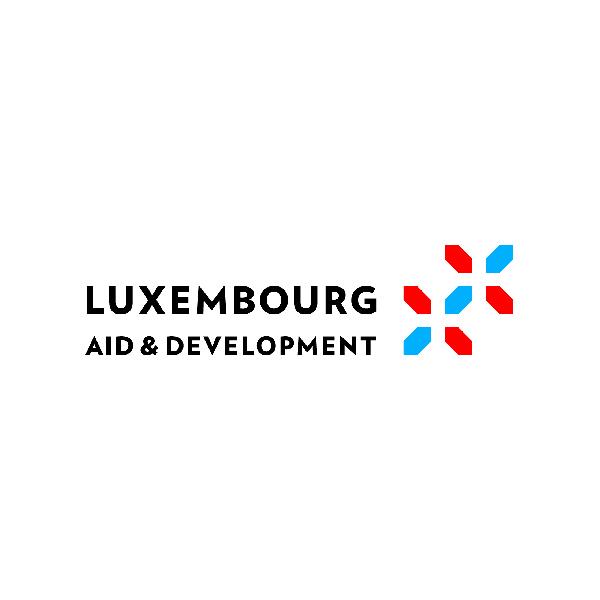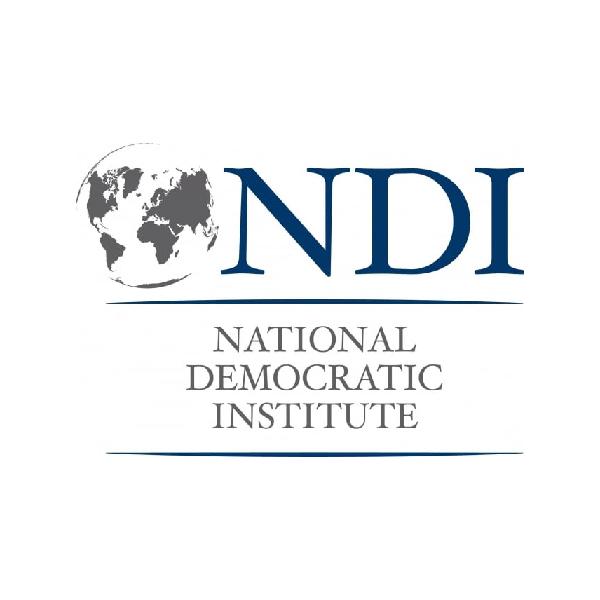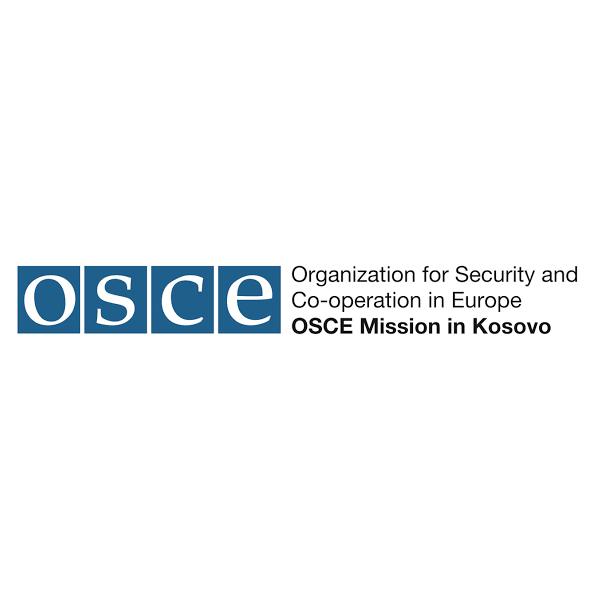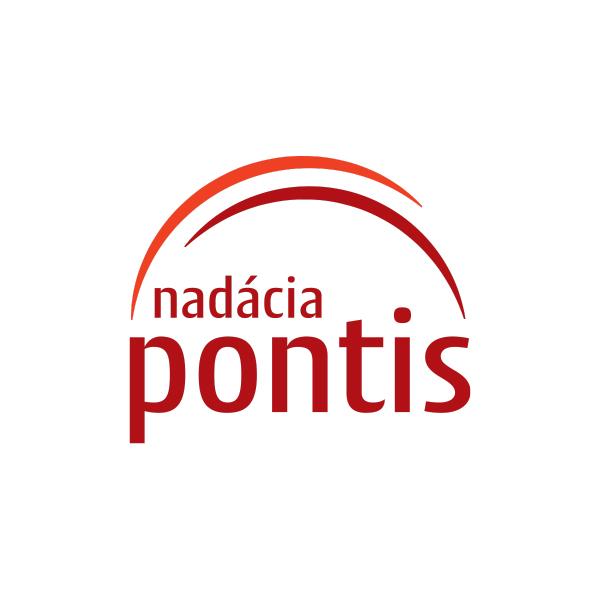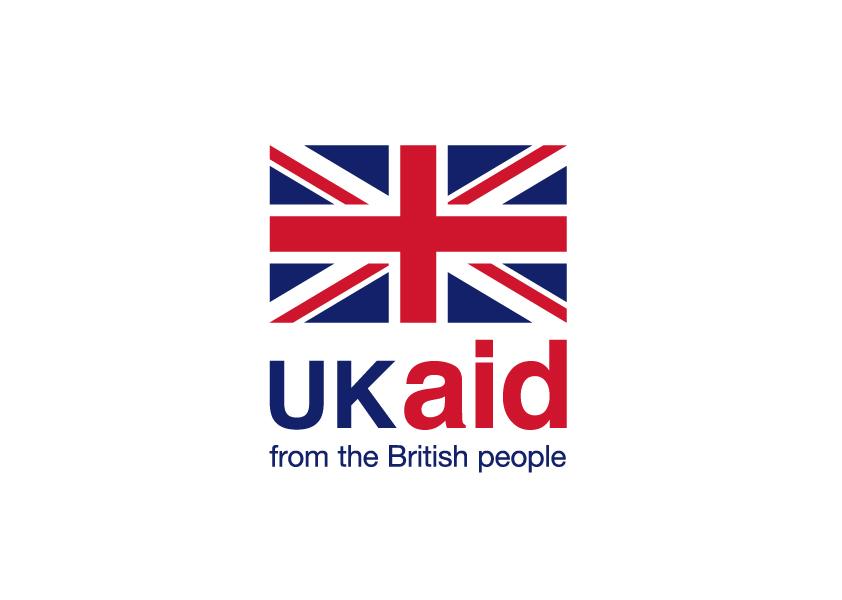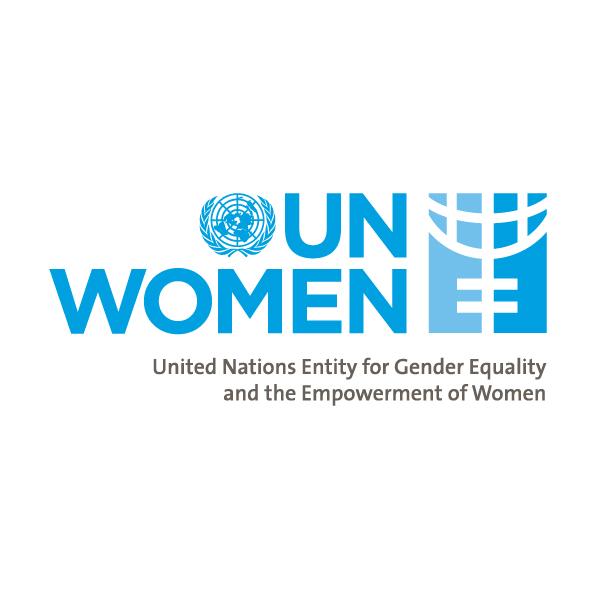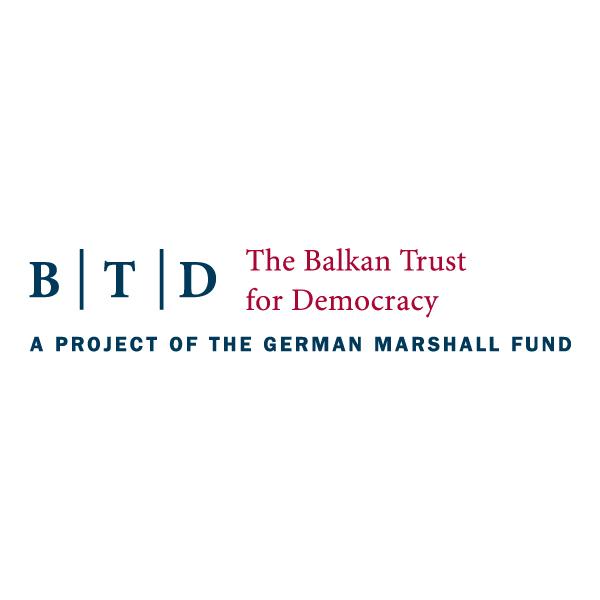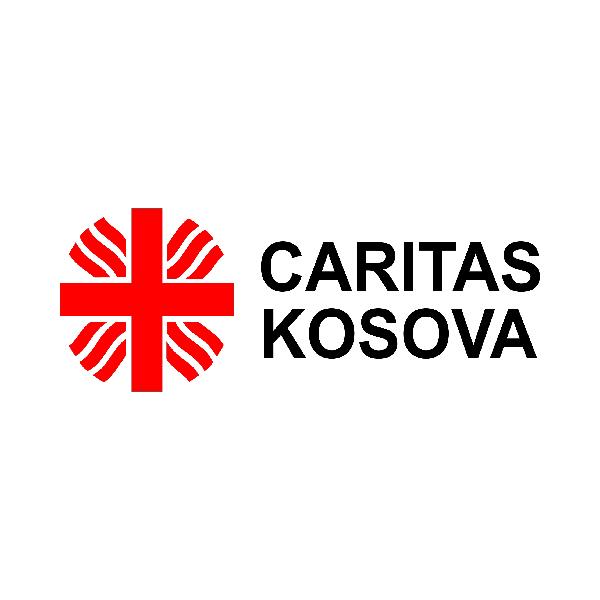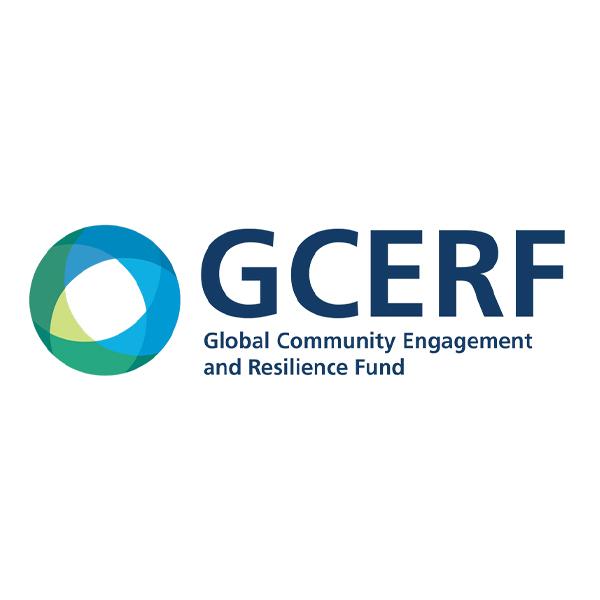This text has an ambitious intention to oppose the “epidemic” of ambiguity, banality, and “allowed lies” that have accompanied the dialogue between Serbia and Kosovo for years and tries to interpret what lies behind the current turmoil in a language devoid of any ambiguity. Attitudes are personal and, as such, subject to errors, but they are based on objective analysis and the author’s many years of professional work on this topic.
 The first and logical question is where is it “stuck”? This came about when the outgoing EU diplomacy administration (EEAS), led by Federica Mogherini, intoxicated by the prospect of personal success, believed the promises that a quick agreement could be reached with the correction of borders, and opened up to that possibility. More precisely, it is a matter of inaction. European Union DID NOT reject the proposal on the correction of borders, a proposal that nullifies the entire course of the Brussels dialogue and thus sent a clear message that all agreements reached thus far are not binding because some other solutions may be discussed. At that moment, both sides are leaving the line of implementation of the agreements reached in Brussels, and the international pressure is disappearing, introducing a stalemate that lasts to this day.
The first and logical question is where is it “stuck”? This came about when the outgoing EU diplomacy administration (EEAS), led by Federica Mogherini, intoxicated by the prospect of personal success, believed the promises that a quick agreement could be reached with the correction of borders, and opened up to that possibility. More precisely, it is a matter of inaction. European Union DID NOT reject the proposal on the correction of borders, a proposal that nullifies the entire course of the Brussels dialogue and thus sent a clear message that all agreements reached thus far are not binding because some other solutions may be discussed. At that moment, both sides are leaving the line of implementation of the agreements reached in Brussels, and the international pressure is disappearing, introducing a stalemate that lasts to this day.
Where are we at? The only thing that is certain at this moment is the consensus of the great Western democracies, that Kosovo’s statehood is not a finished story and that additional efforts are needed to get the job done. Efforts in that direction are at a dead end because the EU (more precisely, Germany and France) and the United States do not agree on the modalities in which that goal will be achieved. This disagreement has its most visible form in the fierce diplomatic struggle over the format in which the dialogue will continue, a struggle that has flared up to unprecedented levels these days.
Why is the format of dialogue, over which the Western allies are arguing, important? The format of dialogue is important because it sets the ultimate framework for solutions. There are two paths that lead to different outcomes:
The US model. If the negotiations start in the format propagated by the United States, there will be no negotiations in the classic form, but Serbia and Kosovo will decide on a plan prepared in advance, which includes the exchange of territories. The EU model. If the negotiations start in the format proposed by the EU, it will essentially mean reviving the Brussels dialogue process. The exchange of territories will not be the subject, nor the outcome of these talks, and the process will be much longer, because it will have to start by revitalizing the agreements reached before the stalemate, so the subjects will include the rights of the Serb community in Kosovo, the establishment of the Union of Serb Municipalities, etc., therefore the ideas which put the delineation scenario ad acta.
In that context, it is very easy to interpret the “shocking” statements of the Kosovo leaders, Prime Minister Avdullah Hoti, who stated that he “wants to work on the establishment of the USM”, which is, in fact, a message that he wants the EU format, or President Thaci’s statement that he does not want to meet with EU envoy Lajcak, which is an open message that he wants the US format.
Where did the change of attitude in the USA come from? Although it seems so, the United States has not fundamentally changed its attitude towards Kosovo. Independent and internationally recognized Kosovo remains the goal. The only change is that the new administration has pragmatically acknowledged that in the process, the party (a man) which would make that possible should get something. Serbia. Such a position of the USA is based on a realistic assessment of the prospect of further integration of Kosovo into international trends. At the international level, Kosovo has achieved everything that can be achieved without Serbia. Recognitions, memberships in international organizations, etc. Kosovo’s progress in that direction is now possible only with the recognition from Serbia, which gives it an unexpectedly large impact on the entire process. The United States has pragmatically understood this and supported the idea that leads to recognition, with, for them acceptable, concessions.
What does the EU want? The European Union, despite some statements by its officials, does not see Kosovo as its priority at the moment. The EU is faced with the essential issues of its organization. The departure of one of the most influential and largest countries, Great Britain, the collapse of the illusion of European solidarity during the COVID-19 pandemic, and its inevitable economic consequences, are its priorities. Thus, the EU is focused on internal consolidation, and the enlargement process has been temporarily suspended. That is why the EU currently has nothing to offer to Kosovo and Serbia (visa liberalization, progress towards membership, etc.). There’s no carrot, so there’s no stick. That is why the EU, i.e. its leaders, Germany and France, want to revitalize the Brussels dialogue, as a controlled and long-lasting process, which will allow them to keep the prospect of integration of the Western Balkans alive (until a better carrot) and prevent some solutions that threaten stability on its borders. And the delineation plan is seen as such. Therefore, the EU is in a hurry to start the process so that the United States would not overtake them, but is not in a hurry to complete it.
What does Kosovo want? Kosovo politicians show nostalgia for the current formats of international engagement on the issue of Kosovo, processes such as Rambouillet, Kumanovo, or international mobilization for the recognition of independence. Therefore, the format of talks in which the unknown is only how severely Serbia should be punished. In a situation when the leading diplomacies of the Western world recognize the legitimacy of Serbia’s demands, that is, its leading party to “get something too”, Kosovo politicians are divided, surprised, and even disappointed. Their only common denominator is the red line, that after the end of those talks, being led in any format, Serbia must recognize Kosovo. And at the moment, there is a fight over how this will happen, through the new reality, that is, concessions, or the old attitude that Serbia should be forced to recognize by pressure. The second option has seemingly lost its political support, but is also very strong among voters, and as such susceptible to populist abuses.
What does Serbia want? The most precise answer would be that Serbia wants any solution that can be presented as a success to the public in Serbia and thus enable the ruling party to retain power. The party identified the division as such a solution, i.e. the exchange of territories as an idea, according to them, of “historical significance for the nation”, which means a permanent delineation between Serbs and Albanians and the accelerated entry of Serbia into the European Union. The government in Serbia is still on that line, but not so loudly now because that plan did not receive the support of the most important EU powers. By that, but also due to the fact that the EU will not expand in the foreseeable future, Serbia loses the strong argument of joining the EU, envisaged as an offer to the people in exchange for accepting the delineation and recognition of Kosovo, which is an integral part of that plan. At the same time, that was the only plan of Serbia, so the current position of its leaders is – waiting.
What do Serbs from Kosovo want? No one ever asked them. The authorities in Serbia present them as advocates of the idea of a partition (after they repressively silenced the opposing voices) on the basis of the great support enjoyed by the “Srpska lista”, an exponent of the SNS in Kosovo, among Serbs in Kosovo. This is a straw man argument. The “Srpska lista” received almost 100% support precisely by masking the idea of delineation with aggressive patriotic populism, but also by putting pressure on employees in the public sector or other forms of intimidation. The idea of delineation has never been subjected to open and free dialogue within the Serb community in Kosovo, so the answer to the question of what Serbs from Kosovo want is impossible. However, there is a large body of research showing that 80% of Serbs from Kosovo (including the community in the north) oppose the partition plan, without specifying what the solution might be. Based on that, it is safe to say that the current state of the frozen conflict suits Serbs in Kosovo the best.
Is there already a plan for “division”? The plan or its basic principles are harmonized and exist. How else can one explain the agreement and the almost synchronized disclosure of support for that idea in August 2018 by the presidents of Serbia and Kosovo, bitter enemies until then? What did they give their support to in those days if there is no plan? So, it is certain that this plan has been worked on in secret for the past several years, along with the conscious efforts to deceive the public of Serbia and Kosovo, and along with, as it was recently revealed, lobbying financed by our money, to get the support of European leaders and the expert public for that idea.
What does that plan mean? Although not publicly presented, the plan envisions the exchange of territories inhabited by ethnically homogeneous communities (Serbs in northern Kosovo with Albanians in southern Serbia). Where those borders will be placed is not revealed by its creators, however, that is not as important as the principle by which the problem is solved. If that principle is delineation, regardless of whether it is about the river Ibar as a border or exchange of only a few villages in the municipality of Leposavić, that will mean giving up the idea of a multiethnic Kosovo, and thus the legislation governing that multi-ethnicity will become superfluous. Thus, by exchanging on any scale, Serbs who remain in Kosovo lose their affirmative rights, for example, the mechanism of a double majority, reserved parliament seats, the status of the Serbian language as an official language, and the like. In effect, all those rights that make life in Kosovo bearable for them.
Does the end of the dialogue mean the recognition of Kosovo by Serbia? An integral part of the delineation scenario is the recognition of Kosovo by Serbia. It is naive to believe that such a risky path will be taken, without foreseeing the formal recognition of Kosovo’s independence by the authorities in Belgrade. The second scenario, the revitalization of the Brussels dialogue, will not necessarily require formal recognition from Serbia, but genuine efforts by Serbia to remove obstacles to Kosovo’s membership in international organizations. The request for recognition will inevitably come as a condition for Serbia’s accession to the EU, and that is why the authorities in Serbia are concealing the possibility of reaching an agreement without recognition, aware that they will still face it someday.
What will the agreement mean for the international affirmation of Kosovo? Reaching a final agreement on the normalization of relations between Serbia and Kosovo, whether through delineation or EU dialogue, would open the door for Kosovo to receive recognition from five (5) EU countries that have not yet done so. The condition for that is that the agreement explicitly secures Serbia’s consent for Kosovo to independently fulfill its international obligations. On the other hand, full membership in the UN does not depend on the recognition of Serbia, but on Russia and China – countries with the right of veto in the UN Security Council. Representatives of both countries show reservations about Serbia’s new position, a delineation plan that envisions recognition, despite the almost grotesque idolatry of the Serbian president, by which he seeks to secure the support of Russia and China for such a plan.
Is reaching an agreement by the end of the year a realistic option? No. Even though almost all politicians talk about 2020 as a year in which an agreement will be reached between Serbia and Kosovo, it is unlikely that this will happen, due to the disagreement of EU stakeholders led by Germany and the United States on the principle of resolving the problem. If by the end of the year the same parties reach an agreement on the format in which the dialogue will be revitalized, that can be called a success. There is, of course, the issue of implementation of the agreement, which requires democratic validation (new elections, referendum), but also changes in the constitutional framework in both Serbia and Kosovo, which are processes that require years even if the agreement does not produce internal political crises, which is highly unlikely.
In the end, what can we expect based on all this? The most likely scenario is:
– the final rejection of the idea of division by November 2020,
– reaching some kind of agreement on economic cooperation between Kosovo and Serbia under the auspices of the United States (similar to the never implemented agreements on the opening of air and rail transport),
– process relaxation in terms of pressures to reach a quick solution,
– and returning the dialogue under the auspices of the European Union.

